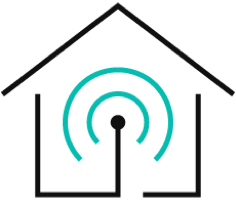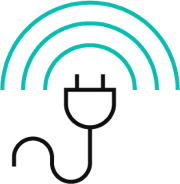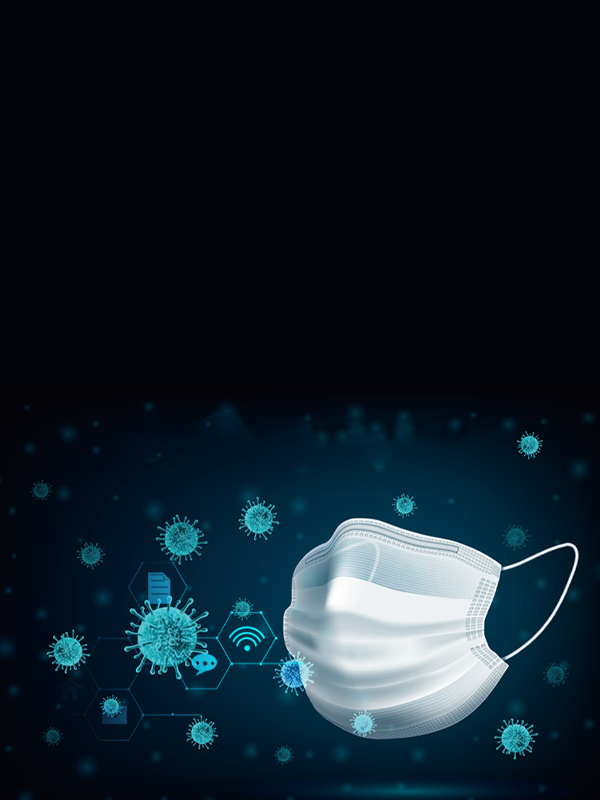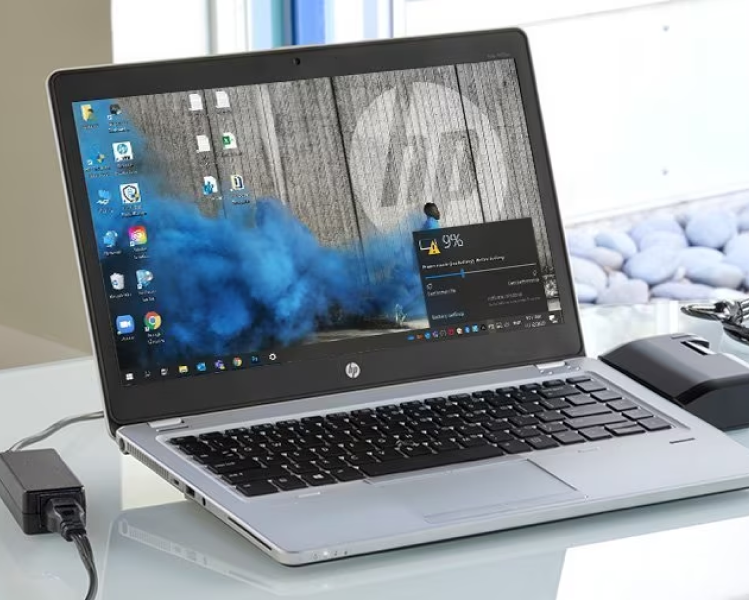The Market for IoT During CoV
When the novel Coronavirus broke out in March of this year, business and industry across the board tanked. As one would expect, sales of internet of things technologies fell with the rest of the market. Since March sales have recovered, but not to the highs of previous years.
Consider the market for smart home devices. Some market analysts are predicting slowed growth, like ABI Research, which cut their 2020 forecasts from 21% (pre-pandemic) to just 4%--a change that would amount to 14.1 billion dollars in lost revenue. Other studies have gone further, describing outright decline--a 5-10% recession by year’s end, according to Markets and Markets, and a full 16% drop in the industry according to Strategy Analytics.
(Omida)
But it shouldn’t have been this way.
Internet of things technology has never been more useful than at this very moment. In fact, COVID-19 has changed the very paradigm by which we interact with these devices. Even those gadgets once considered luxuries--science fiction toys, frills of the modern age--have taken on an entire new meaning during the pandemic.
Smart Homes Are Safer
Even the silliest “smart” device one can think of--say, a toaster with an app on your phone, or a refrigerator that automatically buys eggs when you run out--now has a real, positive use case.
Take, for example, smart lighting.
Smart lights are incredibly simple by design--in place of physical switches, they connect to a user’s smartphone or tablet. If you’re lying on the couch and start a movie, you can flick off the lights without having to pick your lazy self up. If you’re miles away but can’t recall if you turned your lights off, you can check them, and amend the situation from whatever distance. These are all modest luxuries, of course. But consider what use smart lighting could have during a pandemic.
According to the CDC, one of the ways we think COVID-19 spreads is through contact with surfaces. Somebody with the disease touches a surface, then somebody else touches it and, before washing their hands, unthinkingly touches their face. With a smart light, of course, there is no shared surface. With no physical switch, that risk--however small--is completely erased. The same is true for any contactless smart device--thermostats, locks, even remote toasters.
Smart televisions powered by voice recognition remove the need for shared remote controls. But within the confines of a home, a voice assistant can do much more than just that. Google Home, Amazon Echo and other artificial intelligence-powered devices allow users to shop without ever having to leave the confines of their homes. When hand sanitizer and alcohol wipes run out, a quick sidebar to Alexa can queue up a next-day delivery. And when food runs low, users don’t have to expose themselves to the lines and close quarters of grocery store aisles.
When those groceries do arrive, a delivery person will be there to drop them off. Delivery workers are some of the most vulnerable people in the world at the moment, as they’re always out, always being subjected to new people and places. But you don’t have to expose yourself to them--or they you--if you have a video doorbell installed. By communicating from behind the confines of your walls, you can accept your delivery and provide any other instructions to the deliverer with near-zero risk.
And for those who’ve missed the trappings of ordinary life, that delivery worker can bring all sorts of quality-of-life products like dedicated webcams and mesh Wi-Fi to help minimize buffering and latency on video calls. Or they can haul in connected gym equipment, capable of streaming classes directly to a treadmill, cardio machine or bike.
How much are consumers willing to pay for these kinds of comforts, in a time of so little joy and certainty?
Businesses Are Better
As much as individuals are reeling from the safety hazards, lack of socialization and general change in lifestyle brought on by COVID, businesses are being equally torn apart. Restaurants have shuddered, supply chains disrupted, markets completely upended. Smart technologies can’t fix the economy we’re living with now, but they can go some way towards amending the negative effects.
Take, for example, smart shelves. Not an oft-talked about technology, smart shelves are designed to track items on store shelves and feed data to employee monitors. When a particular item is running low on the shelf, an employee in the warehouse can tell without having to do any walking around themselves, and prepare replacements.
The upside of smart shelves for productivity was obvious even before the pandemic. Now, however, they’re absolutely game-changing. The demand to work retail jobs during the pandemic is low, because the risk of interacting with sick people is unduly high for cashiers and floor workers. Smart shelves allow for fewer employees making fewer trips down the aisles. Those fewer employees will be spending more of their time in the warehouse--probably the safest room in the building. And with contactless point-of-sale systems, even the cashiers out front will be better off. Not having to touch credit cards all day is one thing every cashier deserves to be granted during these difficult times.
Sensors, like the ones employed by smart shelves, are most crucial to the shipping industry. It is by no means new--shipping providers have been expanding their IoT capabilities for years now. But with more unpredictable supply chains, carrying different kinds of goods than before in different proportions, the need for instant, 24/7 monitoring has only increased. Sensors in every shipping container, even on every box, allow for across-the-globe monitoring of not just location, but also theft, damage, and more specific measures like temperature (critical to, for example, food preservation). Additionally, being able to track who’s opening and handling what, when, and where can be a nifty tool in preventing disease spread.
Smart tech can even help offices open soonr than they otherwise would. There are contactless gadgets like smart lights, sure, but also touchless doors and elevators. For businesses which really can’t replicate productivity in a remote environment, it is crucial to design an office setting which allows for greater distancing and fewer shared surfaces.
Finally, there’s security. According to reports, theft--particularly against small businesses--has shot up since social distancing went into effect. The reasons are clear: more businesses are open for fewer hours, and staffed by fewer people. For amateur robbers, this is a perfect arrangement.
So how can this issue be mitigated? Well, you can’t just tell everybody to return to work as normal. Even putting safety measures aside, most businesses can’t generate enough revenue right now to keep their stores open and their employees working.
How about a remote-controlled security system? A system that doesn’t just send CCTV feeds to a single security desk, but to your computer or phone at home? These IoT-powered security systems have been around for years, but they’ve never been so necessary as they are in this moment, when keeping the lights on just isn’t an option.
Takeaways
By now, you’ll have seen the benefits of smart technologies for businesses and ordinary citizens alike. But it’s not enough to just say that smart tech has a place in the COVID world. Rather, COVID has changed the very nature of our interaction with these devices. It has opened up new possibilities and use cases previously unthought of. In short: smart tech which was once considered frivolous and flashy has taken on a newer, deeper meaning in our daily lives.
Some reports have predicted a bounce of anywhere from 13% to even 30% in 2021, and even late 2020. But a mere bounce isn’t sufficient. This tech should be positively flying off the shelves. We need it now more than ever.















